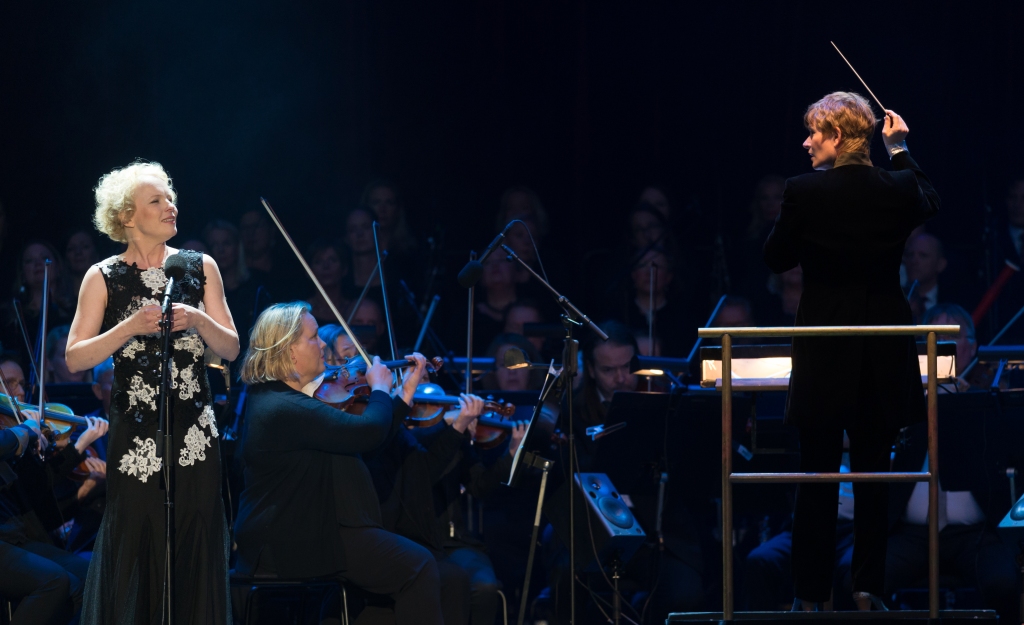
Ambitions for social inclusion have guided the publicly funded opera houses and symphony orchestras since the early twentieth century. However, this explicit policy goal has not influenced ticket prices during the last four decades. The successive ticket price increases have resulted in a situation where only the better off attend the performances.
Sweden has a long tradition of explicit political goals within the cultural domain to include, first, ‘manual workers’, then ‘the disadvantaged’, ‘underprivileged groups’, ‘an open social community’, ‘the broad public’ and now, ‘everybody’. Such ambitions for social inclusion have guided the publicly funded opera houses and symphony orchestras since the early twentieth century. Then they produced ‘folk opera events’ or ‘folk concerts’ with only slightly more ‘popular’ repertoires than other performances; always with reduced ticket prices.
The first national Cultural Policy Act was passed with an overwhelming parliamentary majority in 1974. Its take on social inclusion was formulated as: ‘cultural policy shall increasingly be designed with regard to the experiences and needs of disadvantaged groups’. It was in this positive atmosphere that this author started his professional career in public music institutions shortly thereafter. He left this kind of endeavour in 2010 with new personal ambitions for cultural economics research. It was obvious, at that time, that the major music institutions had lost the strive for consumer-friendly, or more precisely working class-friendly, ticket pricing policies. This trend has been reinforced during the last decade.
Figure 1. Ticket prices, Sweden, 1898-2020, adjusted according to the Consumer Price Index, base year 2020

If we compare ticket prices for opera houses and symphony orchestras to wage levels from about a century ago, a positive correlation is found until around 1980, see Figure 1. Prices, adjusted according to inflation, were stable or, even, decreased. This occurred simultaneously with increases in wage levels. As low-income earners were the focus of cultural policy, the differences between workers’ wages and professionals’ salaries were calculated as a time series for the institutions that were investigated. The ‘workers’ penalty’, i.e. how many more minutes a worker compared to a professional had to work to be able to buy a ticket, is seen in Figure 2. In 1977, the average worker had to work only 1 h and 19 min to be able to pay for a ticket to the Royal Swedish Opera. Now a ticket purchase demands working 3 h and 45 min more. For symphony orchestra tickets the difference is less but still significant. Now twice the work effort is needed for the worker for entry to a concert hall compared to the 1970s and 1980s.
Figure 2. Workers’ penalty, Sweden, 1932–2019 (average yearly wages)

Obviously, the explicit policy goal of social inclusion has not influenced ticket price policies during the last four decades. If box office revenues were the primary source of income a century ago, they are now, thanks to increased tax funding, of almost marginal financial importance. An spontaneous thought could therefore be that this marginal importance will make price increases rather pointless. Six institution directors who were interviewed, however, regarded the level of box office income as absolutely crucial. It was claimed that ‘they contribute to the current high-performance quality’. The ticket price must remain at the same or a higher level for institutions to maintain their ‘high status reputation’. The price is a token of the ‘value’: high price = high value. The tangible object, one interviewee claimed, is a receipt indicating the ticket holder’s self-identification.
A common analysis among respondents is that public funding has not increased at the same rate as costs. Hence, a subsequent rise in ticket prices has been necessary. However, rising costs have exceeded inflation. Ticket prices to the Royal Swedish Opera were raised by 4.4% per year between 1997 and 2019 while inflation was only 1.2% per year. The state grant far exceeded inflation with a rise of 2.9% per year. It seems that the rise in ticket prices, if necessary at all, would only cover a within-business increase of costs higher than the inflation rate, an increase accepted by managements.
The successive ticket price increases, in order to safeguard a ‘high-status’ aspiration, have resulted in a situation where only the better off or the most motivated and those most familiar with the musical genres in question attend the performances. The standard audience remains monocultural. The choice of ever higher ticket price levels since the 1970s undermines the explicit goals of public.
About this article
Albinsson, S. Workers’ access to Swedish opera houses and concert halls, 1898–2019. J Cult Econ (2021). https://doi-org.eur.idm.oclc.org/10.1007/s10824-021-09437-0
About the author
Staffan Albinsson is visiting research fellow at the Department for Economy and Society at the School of Business, Economics and Law at the University of Gothenburg.
About the image
Frankie Fouganthin (2019) Kerstin Avemo and conductor Anja Bihlmaier at Gustav Adolfs torg during Stockholm’s cultural festival 2019. With the Royal Hov Chapel from the Royal Swedish Opera.
Leave a Reply